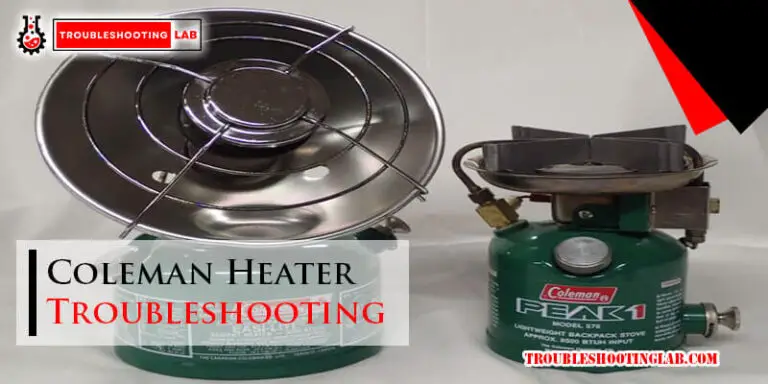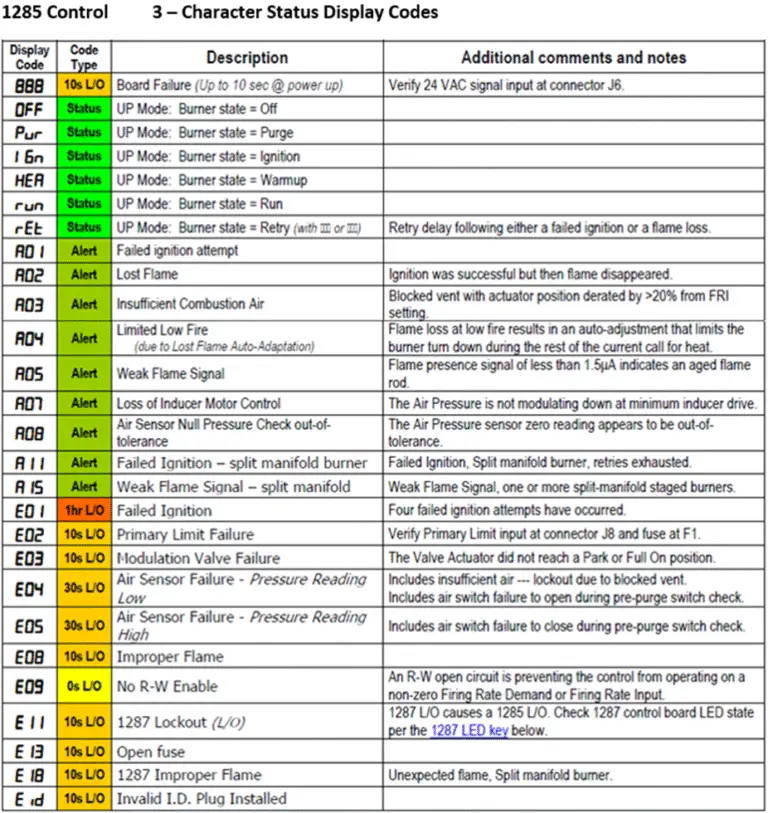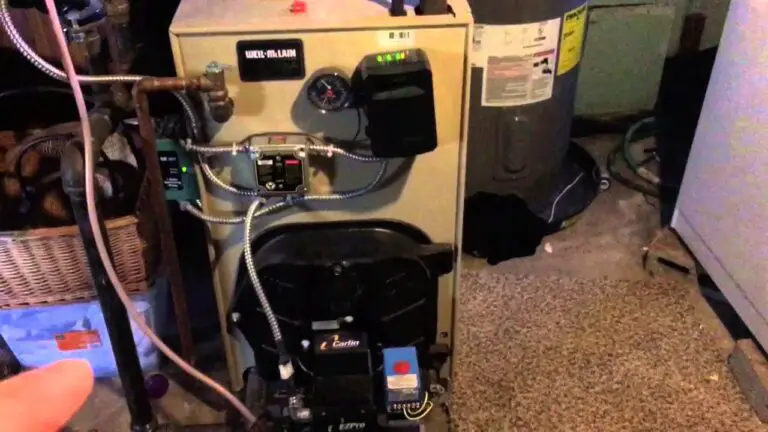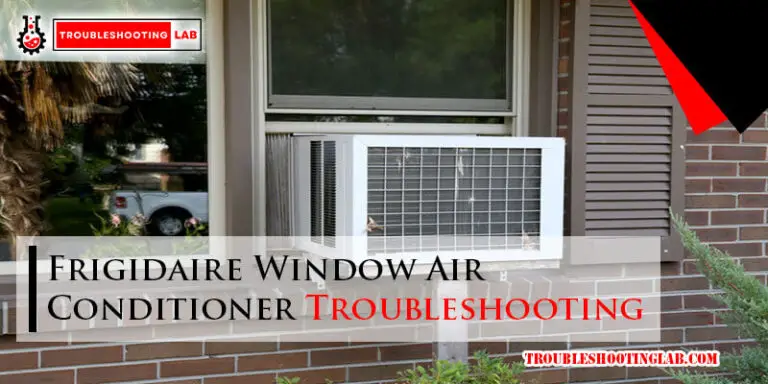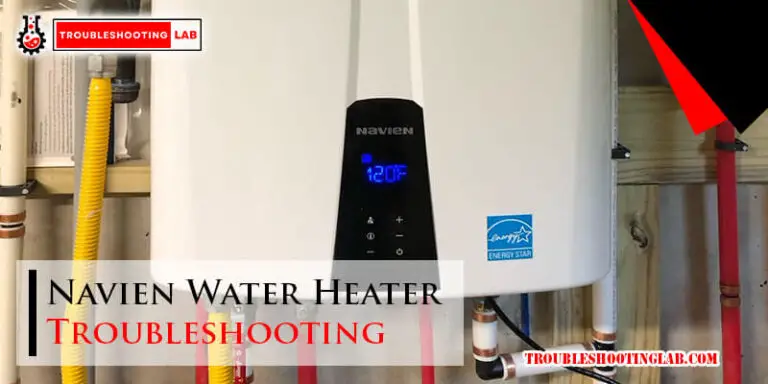Pentair Ultratemp Heat Pump Troubleshooting: Quick Fix Guide
Struggling with your Pentair Ultratemp heat pump? You’re not alone.
When your pool heater isn’t working as it should, it can quickly ruin your plans for a relaxing swim. The good news? Most issues with the Pentair Ultratemp heat pump can be fixed without calling in a technician. In this guide, we’ll walk you through simple troubleshooting steps to get your heat pump back on track.
Whether it’s not heating properly, showing error codes, or making strange noises, you’ll find actionable tips to resolve the problem. Stick around—you’ll thank yourself when your pool is warm and inviting again!
Common Issues With Ultratemp Heat Pumps

Pentair Ultratemp Heat Pumps are reliable, energy-efficient systems for pool heating. Yet, like all machines, they can face occasional issues. Identifying and addressing these problems quickly ensures smooth operation. Below, we explore common issues and practical troubleshooting tips.
Heat Pump Not Turning On
A heat pump that won’t start can be frustrating. First, check the power supply. Ensure the circuit breaker hasn’t tripped. Inspect the thermostat settings. Confirm they are set to heat the pool. A dirty or clogged air filter may also prevent the unit from starting. Clean or replace the filter if needed. If the issue persists, the unit may require professional servicing.
Unit Not Heating Properly
If the heat pump isn’t warming your pool, verify the thermostat. Make sure it is set to the desired temperature. Check the water flow. Insufficient flow can prevent proper heating. Clean the pool filter and remove any debris. Inspect the evaporator coil for dirt or blockages. Proper airflow is crucial for heating efficiency. If these steps don’t work, there may be a refrigerant issue.
Unexpected Noise During Operation
Unusual noises often indicate mechanical problems. Check for loose screws or panels. Tighten them securely. Inspect the fan and motor components. Clear any debris stuck in the fan blades. Grinding or rattling sounds may signal worn-out parts. These may require replacement by a technician. Regular maintenance can prevent most noise-related issues.
Error Codes On The Display
Error codes help pinpoint specific problems in the system. Refer to the user manual to decode the error. Common codes indicate issues like low refrigerant or water flow. Check the water pressure to ensure it meets the required level. Clean the filters and ensure all valves are open. Persistent error codes may require expert diagnosis.
Power And Electrical Checks
Power issues are a common challenge with heat pumps like Pentair Ultratemp. Understanding the electrical components can help identify and fix problems. This section covers essential steps for diagnosing power-related issues.
Inspecting The Circuit Breaker
Start with the circuit breaker connected to the heat pump. Check if it is switched off or tripped. A tripped breaker usually indicates an electrical overload. Reset the breaker carefully and monitor the pump. If it trips again, the system might have deeper electrical issues.
Verifying The Power Supply
Confirm that the heat pump is receiving power. Use a multimeter to measure voltage at the unit’s terminals. Ensure the readings match the pump’s requirements listed in the manual. Incorrect or fluctuating voltage can damage the system.
Testing The Control Panel
Examine the control panel for visible signs of damage. Look for loose wires or burn marks. Test the panel’s functionality by pressing buttons and observing responses. If the panel is unresponsive, it might need repair or replacement.
Water Flow Problems
Water flow problems are one of the most common issues you might face with your Pentair UltraTemp heat pump. Without proper water flow, your unit can’t operate efficiently, and you may notice heating inconsistencies or error codes on the display. The good news is that most water flow issues can be resolved with a few straightforward checks.
Checking Water Pump Functionality
Your water pump is the heart of your pool’s circulation system. If it’s not running properly, the heat pump won’t get the water it needs to function. Start by ensuring the pump is turned on and running smoothly.
Listen for unusual noises like grinding or screeching. These could indicate a mechanical issue. A quick inspection of the pump basket for debris can also save you a headache—leaves or other debris can restrict flow.
Ask yourself: Is your pump primed correctly? A loss of prime could mean air has entered the system, disrupting water flow. Repriming the pump can often fix this.
Inspecting The Filter For Clogs
A clogged filter is a silent troublemaker that restricts water flow to the heat pump. Over time, debris like dirt, hair, or algae can build up in your pool filter, choking the system. Regular cleaning is key to preventing this.
Check your filter’s pressure gauge. Is it showing a higher-than-normal reading? That’s a telltale sign your filter needs cleaning.
If you’re using a cartridge filter, remove it and rinse it thoroughly with a garden hose. For sand or DE filters, follow the manufacturer’s instructions for backwashing. Don’t skip this step—it’s often the simplest fix.
Ensuring Proper Water Flow Rate
Your heat pump requires a specific water flow rate to operate efficiently. Too slow or too fast, and the system won’t function as it should. Low flow rates can be caused by clogged pipes or improperly sized equipment, while high flow rates can overwhelm the system.
Consult your Pentair UltraTemp manual for the recommended flow rate range. Most units have a flow switch or sensor that will alert you if there’s an issue. If you’re unsure, a flow meter can help you measure the flow accurately.
Have you recently added new equipment like a booster pump or water feature? These additions can change your system’s dynamics. Adjust valves or consult a professional if necessary to balance the flow.
By focusing on these three areas—your water pump, filter, and flow rate—you can tackle most water flow problems with confidence. A little troubleshooting now can save you from costly repairs and downtime later. What’s stopping you from giving your system a quick check today?
Temperature And Sensor Issues
Temperature and sensor issues can disrupt the performance of your Pentair UltraTemp heat pump. These problems often affect heating efficiency and overall functionality. Understanding and resolving these issues is essential for maintaining your heat pump. Below, we explore common temperature and sensor concerns and provide practical solutions.
Calibrating The Thermostat
A miscalibrated thermostat can cause incorrect temperature readings. Start by comparing the thermostat reading with a reliable thermometer. If there’s a mismatch, adjust the thermostat settings to align with the actual temperature. Consult the user manual for calibration instructions specific to your model. Regular calibration ensures your heat pump operates efficiently.
Testing Temperature Sensors
Temperature sensors monitor and regulate heat pump performance. Faulty sensors may give inaccurate readings or cause erratic operation. Use a multimeter to test sensor resistance. Check the manual for recommended resistance values at specific temperatures. Replace damaged sensors to restore accurate readings and prevent system malfunctions.
Handling Temperature Fluctuations
Sudden temperature changes can indicate underlying issues. Check for blockages in the airflow or refrigerant levels. Inspect the heat pump for dirt, debris, or ice buildup. Clean the unit and ensure proper airflow. If fluctuations persist, schedule professional maintenance to identify deeper problems.
Error Code Troubleshooting
Have you ever stared at your Pentair Ultratemp Heat Pump’s screen, puzzled by an unfamiliar error code? You’re not alone. These codes are like your heat pump’s way of signaling distress. Learning to troubleshoot them can save you time and money.
Decoding Common Error Messages
Every error code has a specific meaning. For example, “E01” often indicates a water flow issue. It might be a clogged filter or a pump not circulating water properly. Another common code, “E05,” usually points to a problem with the refrigerant pressure.
When you see an error code, don’t panic. Check the owner’s manual or Pentair’s online resources. They have a detailed list of error codes and their meanings. This helps you understand what your heat pump is trying to tell you.
Steps To Reset The System
Resetting the system is often the quickest way to clear minor errors. Start by turning off the power to the heat pump at the circuit breaker. Wait for about 5 minutes before switching it back on. This lets the system reboot.
If the error persists, try checking basic components. Ensure the water flow is steady and filters are clean. For electrical errors, inspect wiring connections. Sometimes, a simple reset combined with minor fixes can resolve the issue.
When To Contact A Technician
Some problems are beyond DIY troubleshooting. If you’ve tried resetting and fixing basic issues but the error code remains, it’s time to call a professional. Persistent “E05” or similar codes could mean serious mechanical or refrigerant issues that require specialized tools.
Don’t wait too long to seek help. Ignoring major errors can lead to expensive repairs. Ask yourself—are you comfortable handling this, or would an expert save you stress and time?
Taking charge of your Pentair Ultratemp Heat Pump troubleshooting is empowering. But knowing when to hand it off to a technician is just as important. What’s the worst error code you’ve faced, and how did you handle it?
Maintaining Optimal Performance
Keeping your Pentair UltraTemp heat pump in top shape is essential for efficient performance and long-term reliability. Routine maintenance can save you from costly repairs and ensure your pool stays at the perfect temperature year-round. Let’s dive into simple yet effective steps you can take to maintain optimal performance.
Cleaning The Heat Exchanger
The heat exchanger is the heart of your heat pump. Over time, debris like dirt, leaves, or even insects can clog it and reduce efficiency.
Gently rinse the heat exchanger with a garden hose to remove buildup. Avoid using high-pressure washers, as they can damage the delicate fins.
Perform this cleaning at least once a month, especially during heavy usage seasons. A clean heat exchanger not only boosts performance but also extends the lifespan of your heat pump.
Regular Inspection Of Components
Do you regularly check your heat pump’s parts? If not, you could be missing early signs of wear and tear.
Inspect for loose wires, rusted connections, or worn-out seals. Tighten any loose screws and replace damaged components immediately.
Pay attention to unusual noises or vibrations during operation. These could indicate issues like a failing fan motor or a malfunctioning compressor.
Seasonal Maintenance Tips
Each season brings unique challenges for your heat pump. Adjusting your care routine can make a big difference.
In spring, clear away any debris accumulated around the unit during winter. Trim plants or shrubs within a two-foot radius to improve airflow.
Before winter, drain any water from the pump and cover it with a breathable cover to prevent freezing and moisture buildup.
Have you considered scheduling an annual professional service? A quick check-up can identify hidden issues and keep your heat pump running efficiently.
Maintaining your Pentair UltraTemp heat pump doesn’t have to be a chore. With these steps, you’ll enjoy a warm, inviting pool without the stress of unexpected breakdowns. What’s your next maintenance priority?
When To Replace Your Heat Pump
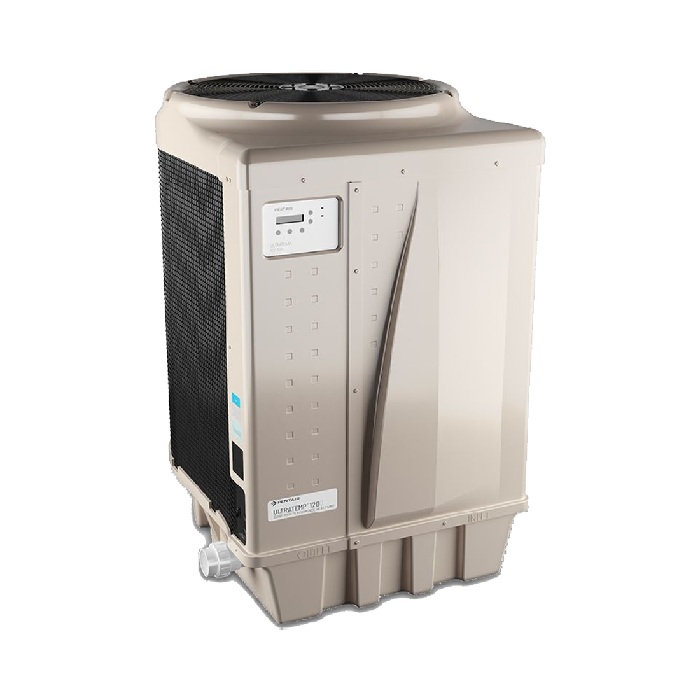
Pentair UltraTemp heat pumps are known for their durability and efficiency. Yet, like all equipment, they have a lifespan. Knowing when to replace your heat pump can save money and stress. Timely replacement ensures your system operates efficiently and keeps your pool warm.
Recognizing signs of wear and understanding repair costs are key factors. Upgrading to a newer model might also provide better energy savings. Let’s explore when it’s time to say goodbye to your old heat pump.
Signs Of Wear And Tear
A heat pump that struggles to maintain temperature might be worn out. Increased energy bills could signal reduced efficiency. Strange noises or vibrations can mean internal damage. Frequent repairs often indicate the system is failing. Visual issues like rust or leaks are also warning signs. If your heat pump is over 10-15 years old, replacement might be needed.
Cost Vs. Repair Considerations
Compare repair costs with the price of a new unit. If repairs cost half the price of a replacement, it’s worth reconsidering. Older units often require more frequent repairs, leading to higher expenses. Newer models are more energy-efficient, saving money over time. Investing in a replacement may be more cost-effective in the long run.
Upgrading To A Newer Model
Modern heat pumps offer advanced features and improved efficiency. Upgrading reduces energy consumption and lowers utility bills. Newer models are environmentally friendly, using advanced refrigerants. Many new units come with smart technology for easier control. Upgrading ensures better performance and longer-lasting reliability.
Frequently Asked Questions (FAQs)
Why is my Pentair Ultratemp heat pump not turning on?
A heat pump may fail to start due to a tripped circuit breaker, incorrect thermostat settings, or a clogged air filter. Reset the breaker, check thermostat mode, and clean the filter before calling a technician.
Why is my Pentair heat pump not heating the pool properly?
Common reasons include low water flow, dirty filters, or blocked evaporator coils. Ensure the thermostat is set correctly, clean the filter, and check water circulation. Refrigerant issues may require professional service.
What does an error code mean on my Pentair Ultratemp heat pump?
Error codes indicate specific issues like water flow problems (e.g., E01) or refrigerant pressure faults (e.g., E05). Check your manual for exact meanings and follow basic troubleshooting like cleaning filters or resetting the unit.
Why is my Pentair Ultratemp heat pump making loud or unusual noises?
Unusual sounds often come from loose screws, fan issues, or worn-out parts. Inspect and tighten components, remove debris, and schedule servicing if grinding or rattling noises persist.
How do I fix water flow problems in a Pentair Ultratemp heat pump?
First, check if the pool pump is running smoothly and primed. Clean or backwash clogged filters and ensure valves are open. Also verify the flow rate matches your unit’s recommended range.
When should I replace my Pentair Ultratemp heat pump instead of repairing it?
If your unit is 10–15 years old, requires frequent costly repairs, or shows signs like rust, leaks, and reduced efficiency, replacement is more cost-effective. Newer models also offer better energy efficiency.
Conclusion
Troubleshooting your Pentair Ultratemp heat pump doesn’t have to feel overwhelming. Start by identifying common issues like power, settings, or flow problems. Regular maintenance helps prevent many of these challenges in the first place. Always consult the user manual for guidance tailored to your model.
If problems persist, professional help ensures safe and effective solutions. Taking care of your heat pump keeps it running efficiently for years. Stay proactive, and you’ll enjoy consistent performance and comfort. A little effort now can save time and stress later.
Keep your heat pump in top shape with these simple tips.

